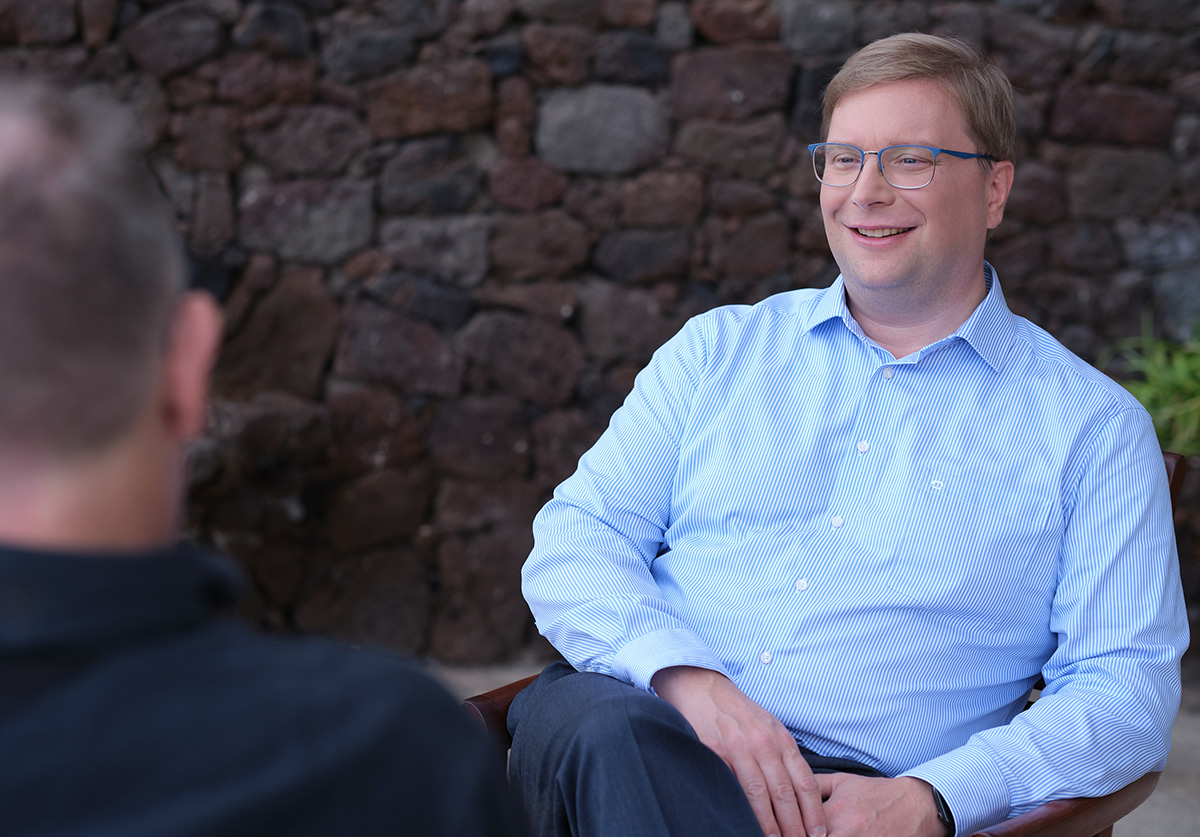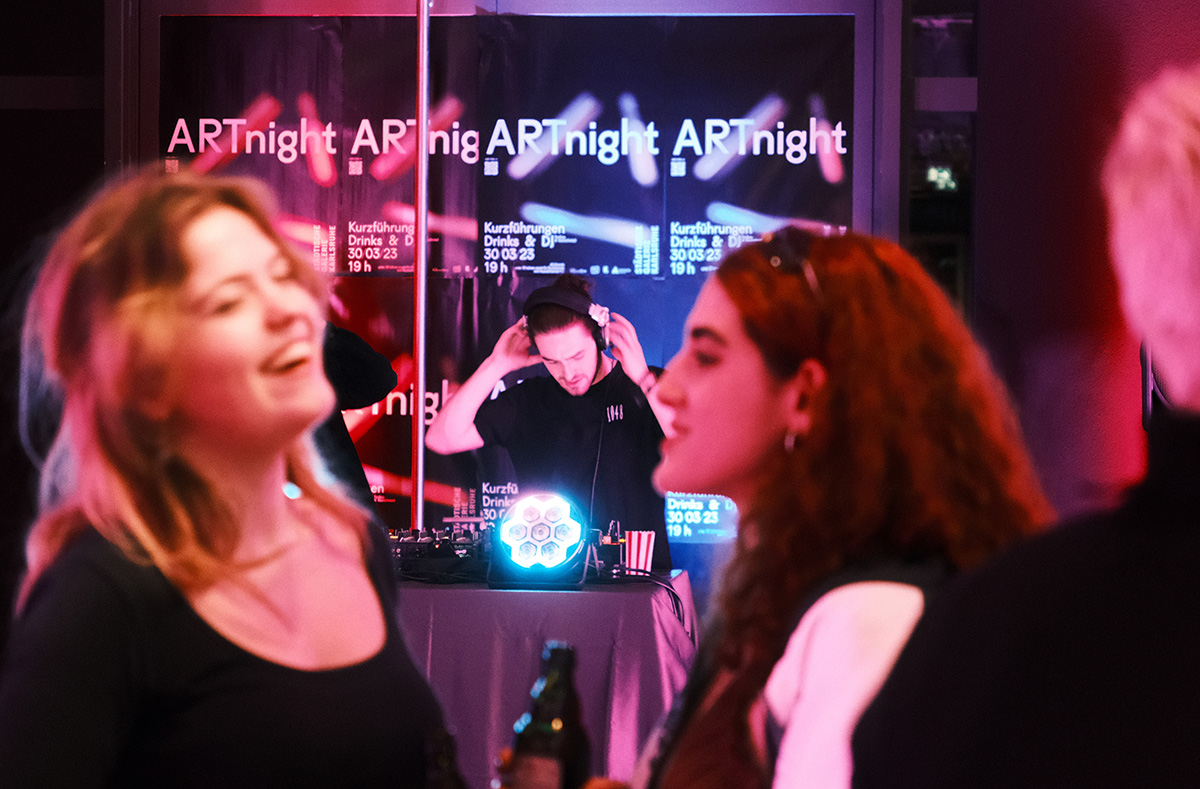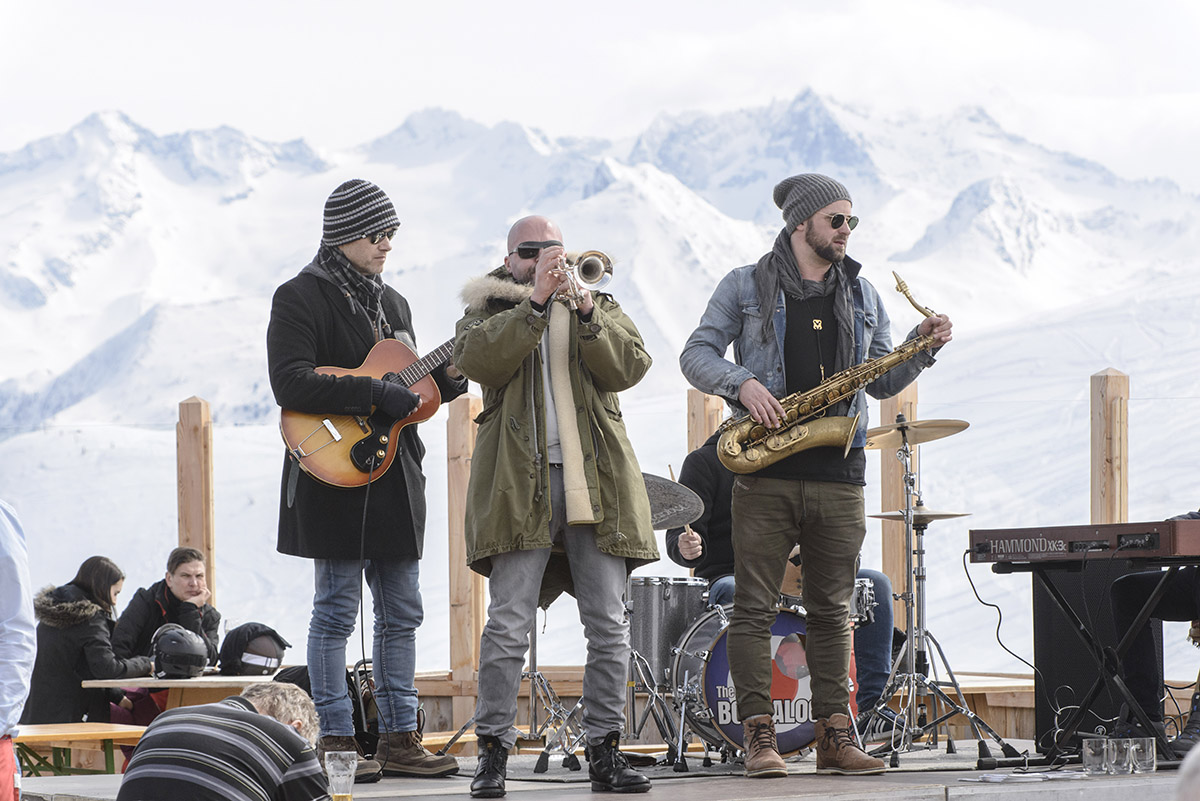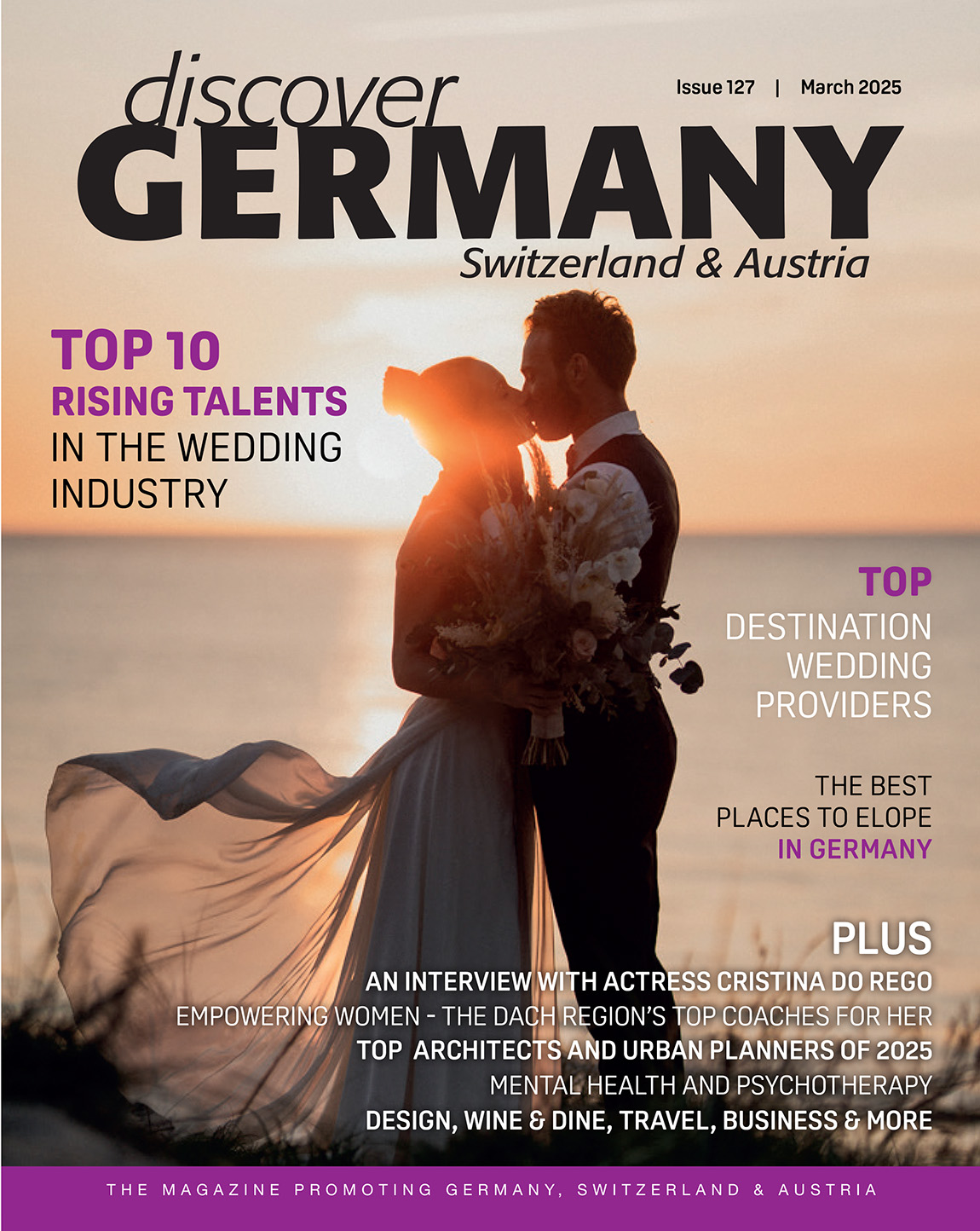Accessible Germany: Tourism without barriers
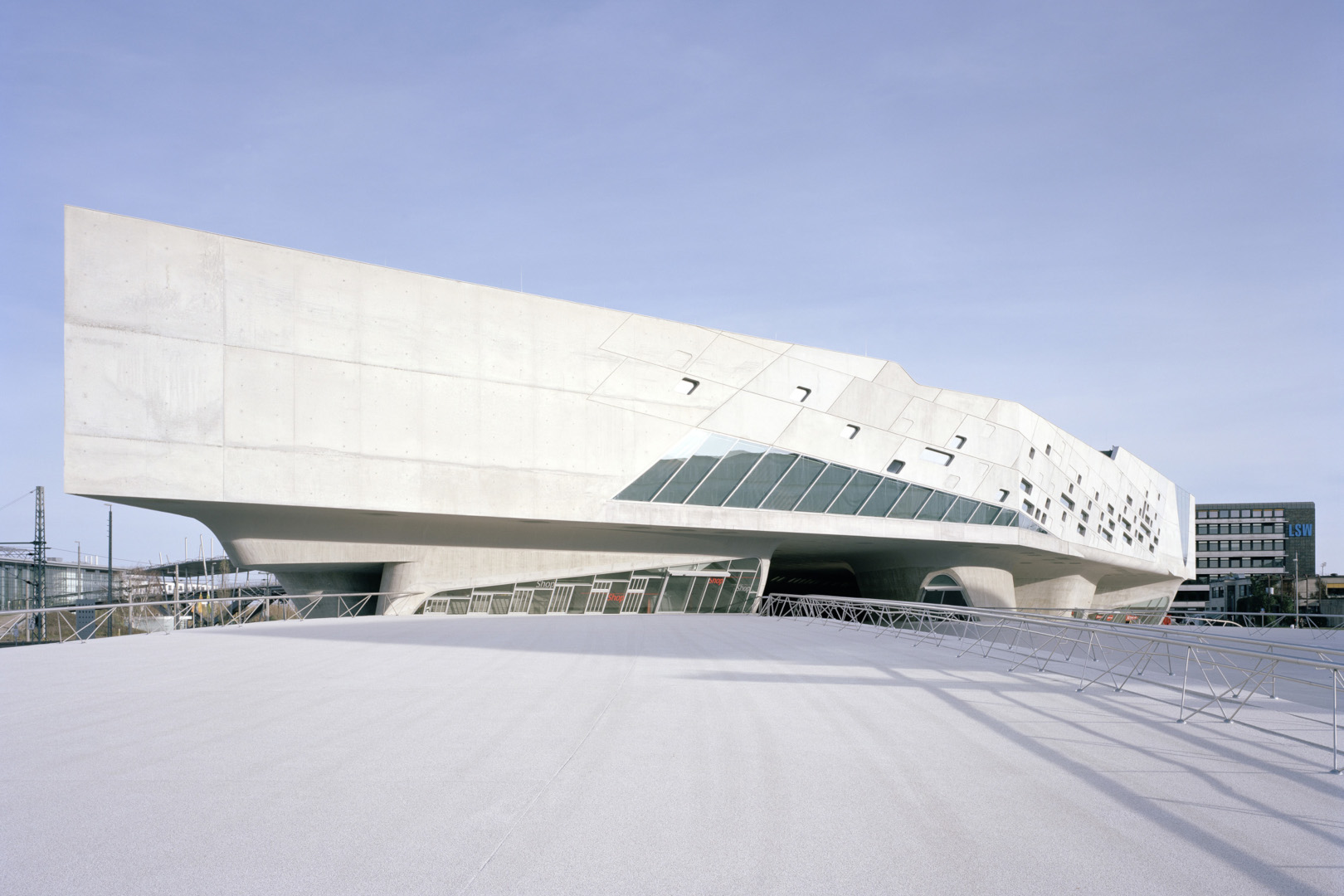
Barrier-free travelling has become one of the most important tourism topics of the 21st century. That is why the German National Tourist Board (GNTB) is trying to shape the country as an attractive holiday destination for people with activity and mobility restrictions. In addition to promoting respective improvements throughout the country, the GNTB has now also launched a new website that provides a guide for accessible tourism activities.
Imagine if you will, that the whole population of Germany has a mobility or activity restriction. If you do so, you are looking at almost exactly the number of people living in the European Union who are in need of barrier-free tourism. 80 million people, or roughly 16 per cent of EU citizens, travel with the necessity for special requirements in terms of general transportation and activities on site.
In the coming years, this number is expected to rise. For the GNTB this development is crucial and a further inspiration to make ‘tourism for everybody’ much more than just a slogan. “Together with our partners we have made it our goal to develop and market reliable and quality tested products for the entire travel and service chain,” explains Petra Hedorfer, chairwoman of the GTNB.

Accessible natural beach on Lake Stechlin. Photo: © Tourismusverband Ruppiner Land e.V.
Collaborating for solutions
Two of the most important partners in this venture are the AG Barrier-free Destinations in Germany and the National Office of Coordination of Tourism for Everyone e.V. (Nationale Koordinationsstelle Tourismus für Alle e.V.). While the former represents a combination of cities and tourism regions that are working on the creation of barrier-free destinations, the latter is actively consulting the tourism sector with its expert knowledge.
In developing barrier-free destinations the major task has become a closed service chain. Naturally, the concept only works when all parts of a visitor’s journey are included in it. Therefore, Dr. Carmen Hildebrandt, speaker of the AG, says: “In this matter we need clear, mandatory and followed guidelines. Furthermore, all decision makers need to be made aware of the topic.”
This is where the National Office of Coordination of Tourism for Everyone comes in. As a competent contact for the GNTB, the association is continuously convincing tourist companies that barrier-free tourism is not a niche market, but sustainable tourism in the best sense. “To intensify the interconnectedness of all parties in the sector of barrier-free tourism, all possibilities should be used,” says Dr. Rüdiger Leidner, chairman of the association.
A guide for accessible tourism
Of course the GNTB is not only involved in facilitating barrier-free opportunities. Naturally, it is also interested in providing help to people who want to go on a journey. For that reason, the organisation has started an online tourism guide, which is solely dedicated to travelling without limits. Under www.germany.travel/barrierfree, tourists are able to get all required and desired information.
For example, the section ‘how to book’ informs about the different possibilities of selecting your way of travelling to and through Germany. Here, the GNTB partnerships with the Lufthansa and the Deutsche Bahn come to full fruition. In the section, visitors of the guide get to know all of the services and special features that they are able to enjoy when selecting one of these modes of transportation. Similarly, the guide also includes information on accessible tour operators that guarantee its customers a fully barrier-free visit.
Further sections of the guide include general information on airports, public transportation and travelling by car, as well as answers to frequently asked questions and, last but not least, the guide also presents barrier-free places, attractions and activities.

Blind people on a tour in Erfurt. Photo: © Erfurt
What to do and where to go
Many places and regions in Germany have already adopted the barrier-free approach. Cities like Frankfurt am Main, Berlin or Düsseldorf welcome visitors with special guided tours and dedicated websites. The same holds true for certain national states as well. Rhineland-Palatinate, Saxony and Lower Saxony and more are presented in detail in the GNTB guide.
All over the country visitors can choose from an extensive amount of accessible tourist attractions. Whether you want to visit a football game in the stadium or dine at a beautiful restaurant, the guide has got you covered. And when you want to go for an adventure, Germany will also be your place to be. Jump on a Jet Ski, try a wheelchair tandem or quad tour, go abseiling, skiing or rafting or visit the phaeno Science Centre.
Through all of these efforts and opportunities, Germany has become more and more accessible for everyone – an important development with regard to social equality and one that should be applauded and continued with great passion in the future.
TEXT: THOMAS SCHROERS
Subscribe to Our Newsletter
Receive our monthly newsletter by email
